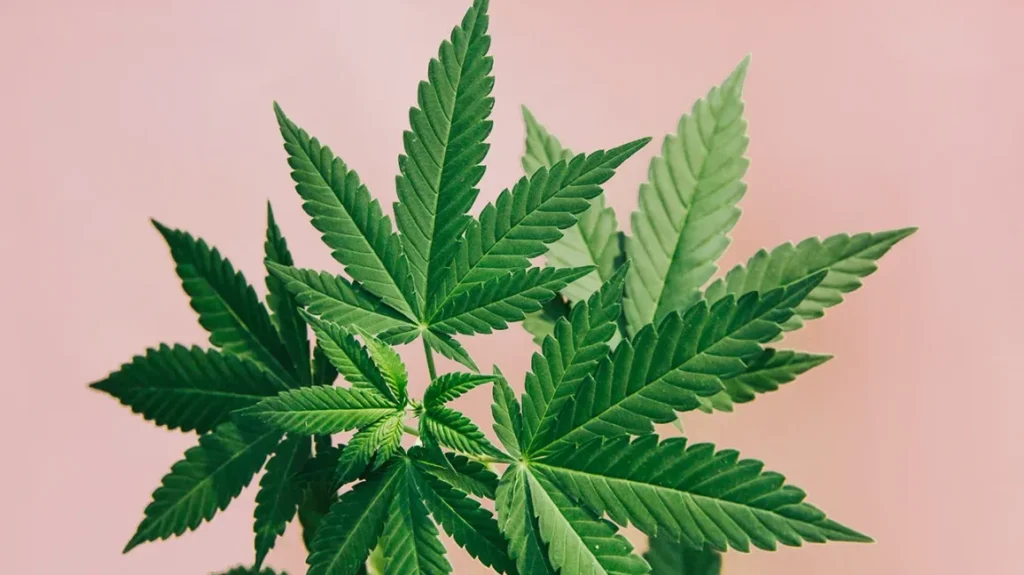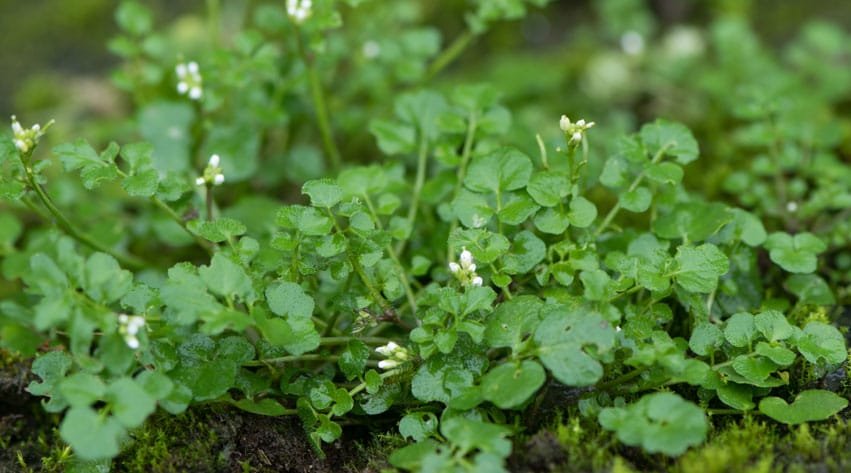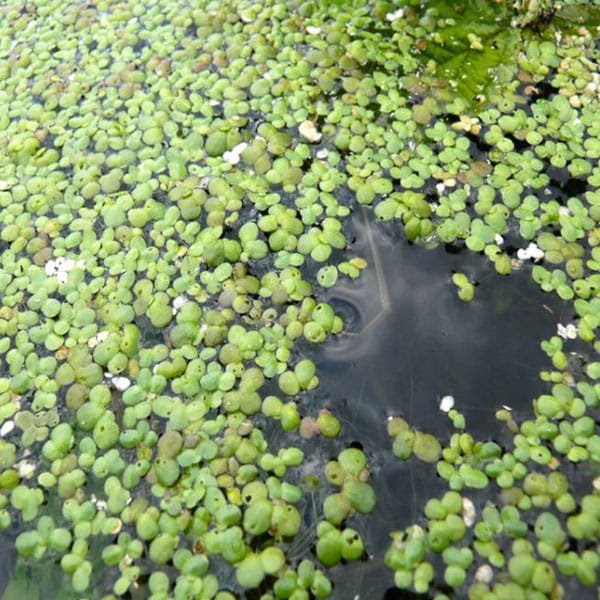Weeds are undesirable plants that grow aggressively in agricultural fields, gardens, and natural ecosystems, competing with crops for essential resources such as nutrients, water, sunlight, and space. Their presence can significantly reduce crop yields, increase production costs, and interfere with harvesting operations. Effective weed management is crucial for maintaining agricultural productivity, ensuring food security, and promoting sustainable farming practices. This article explores the different types of weeds and discusses integrated weed management (IWM) strategies that combine multiple control techniques for long-term effectiveness.

Table of Contents
Types of Weed
Weed can be classified based on their life cycle, morphology, and habitat. Understanding these classifications helps in selecting the most appropriate control methods.
1. Classification Based on Life Cycle
(a) Annual Weeds

Annual weed complete their life cycle within a single growing season, germinating, flowering, setting seeds, and dying in one year. They are further divided into summer annuals, which grow in warm seasons (e.g., Barnyard grass, Pigweed), and winter annuals, which thrive in cooler months (e.g., Shepherd’s purse, Chickweed). These weed reproduce primarily through seeds, which can remain dormant in the soil for years. Effective control methods include using pre-emergence herbicides to prevent seed germination, practicing crop rotation to disrupt their life cycle, and mechanical tillage to uproot young weed before they set seeds.
(b) Biennial Weeds
Biennial weed require two years to complete their life cycle. In the first year, they grow vegetatively, storing nutrients in roots or stems, and in the second year, they flower, produce seeds, and die. Examples include Wild carrot (Queen Anne’s lace) and Common mullein. These weed are often found in pastures, roadsides, and abandoned fields. Control measures include mowing or cutting before they produce seeds in the second year and applying selective herbicides during the rosette stage (early growth phase).
(c) Perennial Weeds
Perennial weed live for multiple years and can reproduce through seeds, roots, rhizomes, or stolons. They are highly persistent and difficult to eradicate due to their deep root systems. Examples include Johnson grass, Field bindweed, and Nutsedge. These weed often regrow even after being cut or sprayed with herbicides. Effective management requires a combination of deep plowing to disrupt root systems, repeated cultivation, and the use of systemic herbicides that translocate to the roots. Biological control agents, such as insects or fungi that specifically target these weed, can also be employed.
2. Classification Based on Morphology (Leaf Structure)
(a) Broadleaf Weeds
Broadleaf weed, also known as dicots, have wide leaves with net-like veins and often produce showy flowers. Examples include Lambsquarters, Dandelion, and Ragweed. They are commonly found in gardens, lawns, and crop fields. Control methods include manual removal, mulching to suppress growth, and the application of selective herbicides like 2,4-D that target broadleaves without harming grassy crops.
(b) Grassy Weeds
Grassy weed, or monocots, resemble cultivated grasses with narrow leaves and parallel veins. Examples include Crabgrass, Goosegrass, and Wild oats. These weed are particularly problematic in cereal crops like wheat and rice. Control strategies involve using pre-emergence herbicides to prevent germination, maintaining dense crop stands to outcompete weed, and rotating with broadleaf crops to disrupt their life cycle.
(c) Sedges
Sedges are grass-like weed with triangular stems and thrive in moist or waterlogged soils. Examples include Purple nutsedge and Yellow nutsedge, which are highly invasive due to their extensive underground tubers. Control measures include improving soil drainage, applying herbicides like glyphosate, and using soil solarization (covering soil with plastic to trap heat and kill weeds).
3. Classification Based on Habitat
(a) Agricultural Weed
These weed infest crop fields and compete directly with cultivated plants. Examples include Parthenium, Chenopodium, and Phalaris minor. Management involves crop rotation, intercropping, and herbicide use.
(b) Aquatic Weed

Aquatic weed grow in water bodies, obstructing irrigation channels and reducing water quality. Examples include Water hyacinth and Hydrilla. Control methods include mechanical removal, biological agents like weevils, and herbicides.
(c) Parasitic Weed
Parasitic weed attach to host plants and extract nutrients, severely damaging crops. Examples include Striga (Witchweed) and Orobanche (Broomrape). Control strategies include using resistant crop varieties, trap crops, and soil fumigation.
Integrated Weed Management (IWM) Strategies
IWM combines multiple approaches to control weeds sustainably while minimizing environmental impact.
1. Preventive Measures
Prevention is the most cost-effective weed control strategy. Farmers should use certified weed-free seeds, clean farm equipment to avoid spreading weed seeds, and avoid using contaminated manure. Proper sanitation and quarantine measures can prevent the introduction of invasive weeds.
2. Cultural Weed Control
Cultural practices reduce weed pressure by altering the growing environment. Crop rotation disrupts weed life cycles, while cover crops like rye and clover suppress weeds by competing for resources. Mulching with organic materials (straw, wood chips) or plastic films blocks sunlight, preventing weed germination. High-density planting shades the soil, reducing weed growth.
3. Mechanical and Physical Control
Mechanical methods include hand weeding, which is effective in small farms but labor-intensive. Tillage buries weed seeds deep in the soil, preventing germination, but excessive tillage can degrade soil health. Mowing controls weeds in pastures, while flame weeding uses heat to kill young weeds in row crops.
4. Biological Weed Control
Biological methods use natural enemies to suppress weeds. Insects like weevils control Water hyacinth, while fungi (e.g., Puccinia xanthii) attack specific weeds like Cocklebur. Grazing animals such as goats and sheep can also help manage weeds in non-crop areas.
5. Chemical Weed Control (Herbicides)
Herbicides are effective but must be used responsibly to avoid resistance. Pre-emergence herbicides (e.g., Atrazine) prevent weed seed germination, while post-emergence herbicides (e.g., Glyphosate) kill existing weeds. Selective herbicides (e.g., 2,4-D) target specific weeds without harming crops, whereas non-selective herbicides (e.g., Paraquat) kill all vegetation.
6. Emerging Technologies
Advancements in technology are revolutionizing weed control. Robotic weeders use AI to identify and remove weeds precisely. Herbicide-resistant crops (e.g., Roundup Ready soybeans) allow targeted weed control without crop damage. Precision spraying with drones reduces chemical usage by applying herbicides only where needed.
Challenges in Weed Management
- Herbicide resistance (e.g., Palmer amaranth) due to over-reliance on chemicals.
- Invasive weeds (e.g., Parthenium) spreading rapidly in new regions.
- Environmental concerns such as herbicide runoff affecting aquatic ecosystems.
Conclusion
Effective weed management requires an integrated approach combining preventive, cultural, mechanical, biological, and chemical methods. Farmers should adopt sustainable practices to reduce herbicide dependence and prevent resistance. Future innovations in robotics, biotechnology, and precision agriculture will further enhance weed control efficiency. By implementing IWM strategies, farmers can achieve higher yields, lower production costs, and long-term agricultural sustainability.
Frequently Asked Questions (FAQ)
What is weed management?
Weed management refers to the systematic control of unwanted plants (weeds) that compete with crops for water, nutrients, sunlight and space, using various methods to protect crop yields and quality.
What new technologies are emerging for weed control?
Innovations include robotic weeders with AI recognition, precision spray drones, herbicide-resistant GMO crops, and advanced biological controls using specific microbes or insects.
How is weed control different in organic farming?
Organic farming uses flame weeding, manual removal, organic mulches, vinegar-based herbicides, and biological controls instead of synthetic chemicals.
Related Articles

